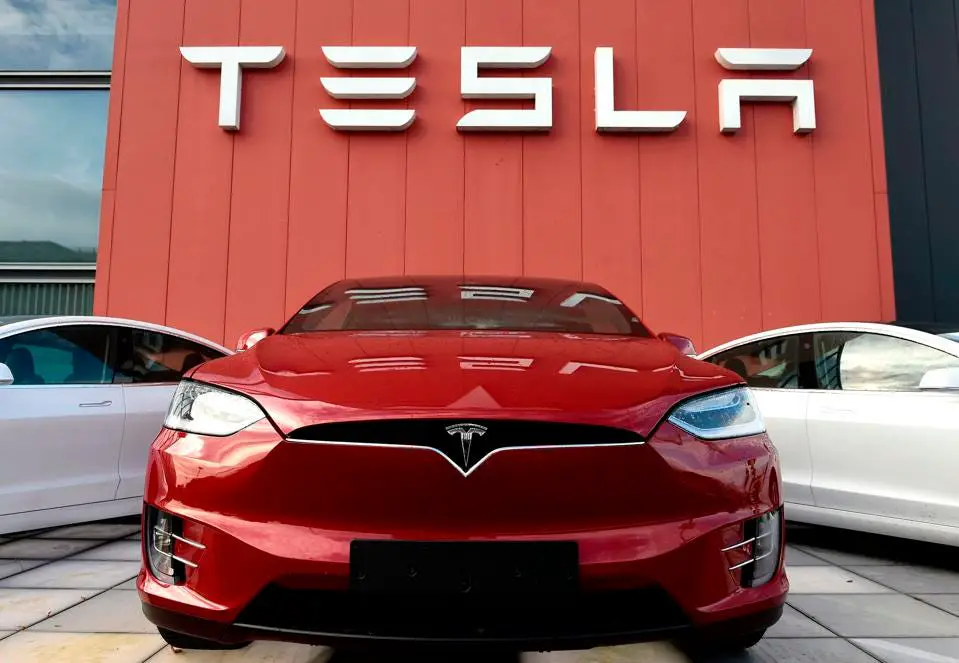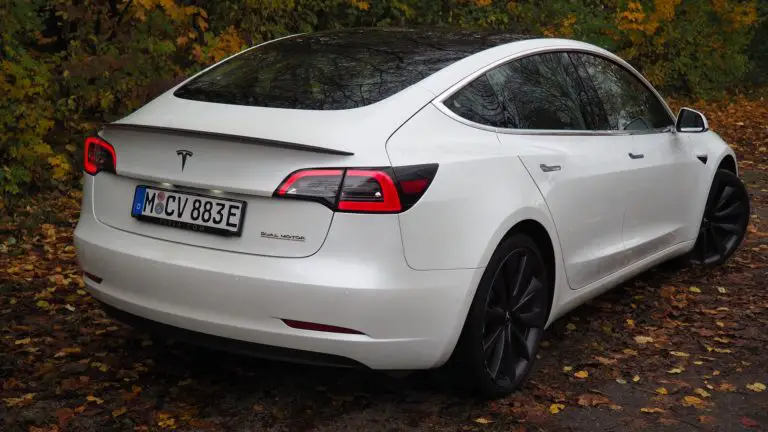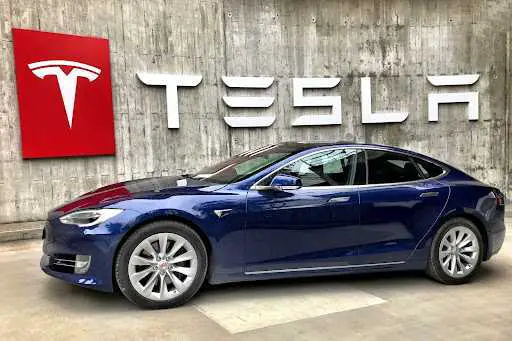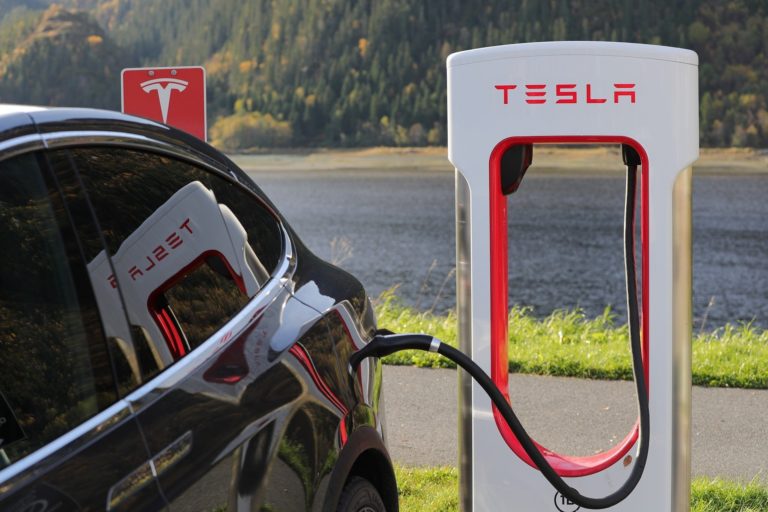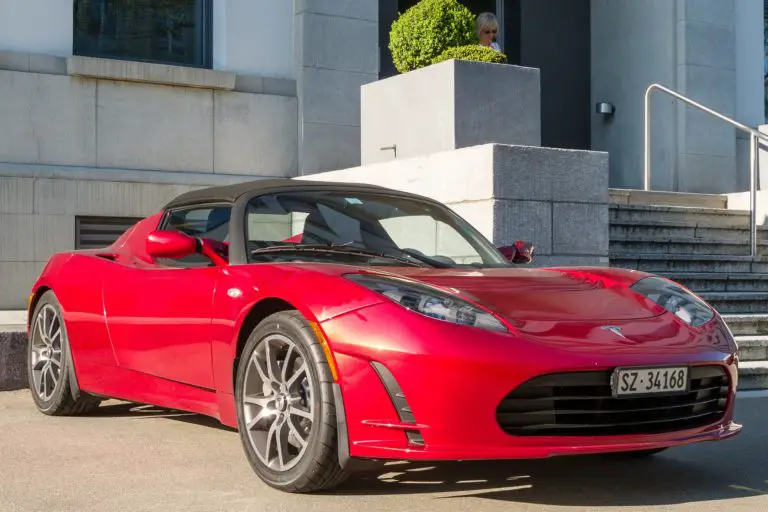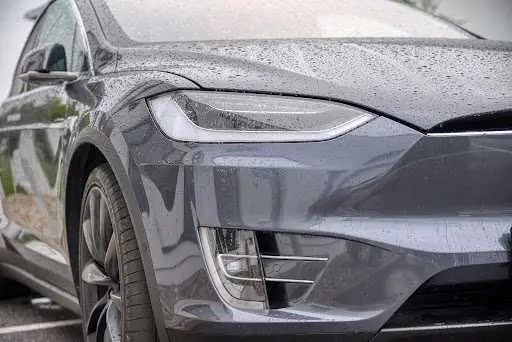Can Tesla Cars Overheat?
With the climate crisis, buzzwords like climate change, carbon emissions, ozone layer, and sustainable living are now part of the national lexicon. The reasons are that the earth has never been poised over a knife-edge like it is today, and it is everyone’s duty to try and mitigate their impact on the planet. Owning a Tesla is a very pleasant and low-cost way of doing your part.
Tesla cars do not overheat. Although batteries heat up when high volumes of current are drawn, the Tesla cars’ systems mitigate this risk and prevent overheating. The cabin is also thermally controlled, and if it becomes too hot, the climate system cools it.
Although very lightweight and durable, there have been instances when Lithium-ion batteries which are also used in Tesla cars, have experienced a condition called thermal runaway. Tesla has worked hard to design systems that prevent this situation from occurring, and as a result, Tesla cars don’t overheat.
Table of Contents
Tesla Cars Do Not Overheat
Although cars powered by electrical motors are the first leg of the road to sustainable motoring, the batteries used to store the energy which powers the motor(s) are fickle beasts.
For a battery to provide optimum power, it must be maintained below 35 degrees C (95 degrees F).
Too cold, and it doesn’t deliver an adequate charge, and if it gets too hot, there is a danger of damage to the battery and vehicle.
Tests show that if the temperature of a Lithium-ion battery (the type used in Tesla cars) exceeds 266 degrees Fahrenheit (130 degrees Celsius), the battery can burst into flames, which starts a chain reaction throughout the battery pack, called thermal runaway.
The design of Tesla cars ensures that these conditions are not met.
How Does Tesla Stop The Car Overheating?
There are there four scenarios where too much, or too little, heat is a problem.
Battery Overheating
Batteries generate heat on charging and discharging, and they never give back the same amount of energy that was put into them.
With current technologies, there is no material that transports 100% of all the current through the circuit. Even with the most efficient conductors, at least 10% of the electricity is lost through the internal resistance of the system.
The energy that doesn’t make the round trip is lost to the circuit and converted to heat.
Tesla cars are designed to maintain the total heat in the Tesla car batteries at optimal levels, and they use two methods to stop the batteries from getting too hot
Tesla Keeps The Batteries Cool
Tesla cars have a very comprehensive battery cooling system called the Thermal Management System (TMS). This is of equal importance as the chemistry which is used inside the battery. The Tesla TMS consists of a pump, a heat exchanger, an expansion tank, and an extensive network of coiling tubes.
Tesla’s TMS system uses liquid Glycol as the coolant; it works on a similar basis to a normal household refrigerator conducting the heat out of the battery and into the atmosphere.
The coolant lines in the Tesla cars TMS s consist of a series of cooling tubes that come into contact with each of the 7,000 battery cells. When the TMS pump circulates the glycol through these cooling tubes, the heat produced by the battery cells is transferred to the glycol, which then flows through an external radiator, releasing its heat into the atmosphere.
The system works very effectively to ensure the temperatures never exceed permissible limits – the optimal temperature of a Tesla car battery below 35º C (95º F).
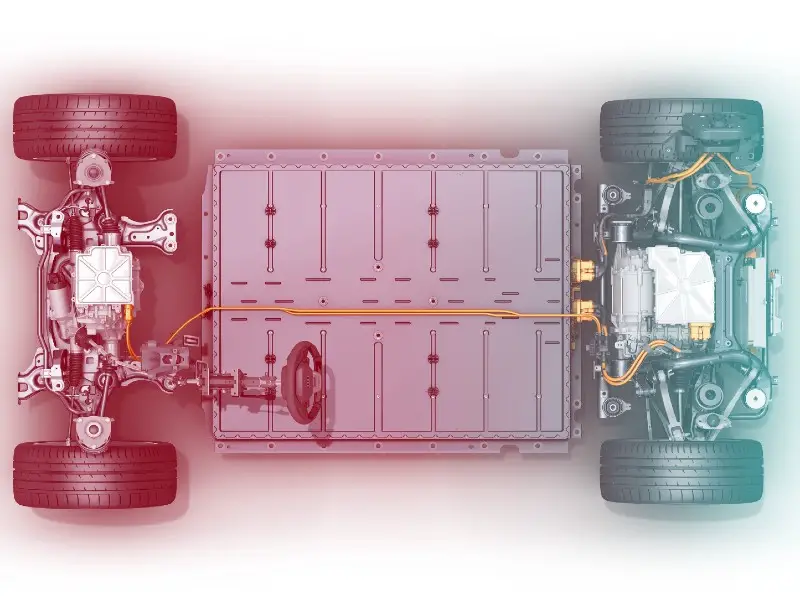
Tesla Cars Control The Heat In The Circuit
Tesla installs multiple thermometers within the battery, and if the temperature increases beyond a trigger point, the system forces the reduction of the power consumed.
To do this, it restricts the car’s top speed (reducing to 120mph) for short periods until the temperature spike is eliminated.
If the battery starts to heat up whilst it is being charged (normally at a supercharger), the system slows down the rate of charge until the condition is resolved.
There are rumors that Tesla is going to install an updated TMS on the Model S and Model X, which will give the vehicles increased performance and more range. The cooling system on the updated Tesla cars models will be effective, which will make extended periods of high-speed driving possible.
Thermal Runaway
One of the risks associated with Tesla batteries is thermal runaway.
Early tests by Tesla engineers produced alarming results. It was found that if a battery cell developed a fault, which increased the temperature of the cell to more than 266 degrees Fahrenheit (130 degrees Celsius), the cell started to burn.
The fire from the defective cell spread to the surrounding cells, which started a chain reaction, and the rate of cells burning increased exponentially through the whole battery pack.
The result was a runaway fire followed by a series of explosions.
This chain reaction is called a thermal runaway.
At the time, this proved to be an almost insurmountable problem for Tesla. The problem was that no solution could be found to stop a defective cell from starting to burn.
Tesla has overcome the spread of fire risk by controlling the pattern in which cells are installed.
By lining up each cell a few millimeters apart and inserting and separating them with an advanced phase-change heat-absorbing material, and then covering the cells with a batter-like mixture of minerals, the heat transfer properties are degraded.
The Tesla car TMS system is then positioned, so the cooling tubes come into contact with every cell, which actively removes heat from the system.
Tesla cars experience a lower percentage of fires than conventional cars powered by internal combustion engines.
Interior Of Tesla
Irrespective of the power plant installed in a modern car, trying to keep the car cool always presents a challenge.
In a conventional car, it is easier when it is moving because the air conditioner can be used when the engine is running.
Tesla cars have a big advantage in that they don’t need to be running before the air-conditioned can be used.
This includes a mode designed to protect your animals if you leave them in the car. The system has to be manually activated by selecting the fan icon at the bottom of the touchscreen when the Tesla car is parked.
The required temperature is set to DOG, and the owner can leave the animal in the Tesla car.
In Dog Mode, the Tesla car will:
- Lock its doors
- In cold weather, increase the heat
- In hot weather, it will keep the cabin cool
- It displays a banner on the center screen which reads, “My owner will be back soon. Don’t worry! The (heater or AC) is on, and it displays the internal temperature
If the battery drains to 20% or less, the car sends a warning prompt to the owner’s mobile app, so they have time to get back to the car before the temperature control system deactivates.
Conclusion
As with all battery-powered equipment, Tesla cars are sensitive to temperatures that do not fall within optimum bands. The good news is that Tesla has incorporated reliable and capable systems to ensure that the temperatures of the battery or the interiors of the car are never an issue.
The control which is incorporated to maintain the interior temperature of the vehicle does not only make the Tesla car more comfortable for the human occupants, but Tesla has also incorporated safeguards for the furry members of the family.
Amazon and the Amazon logo are trademarks of Amazon.com, Inc, or its affiliates.

